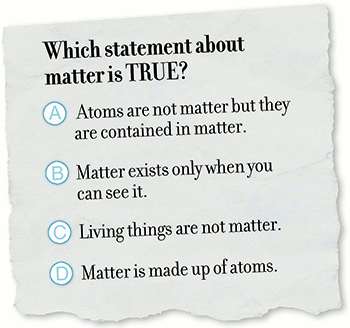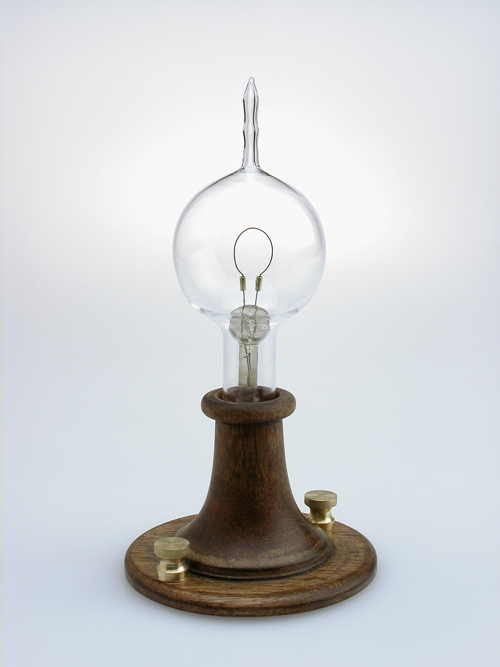As iTunes has evolved, it’s gotten easier to import audiobook CDs for later listening on your iPhone. It’s especially handy for library audiobooks, freeing one from the overhang of a due date. This is a guide to one way of doing it that’s worked well for me over the years. It’s written for iTunes 12.
There are three tasks: rip the CDs, put them in a smart playlist, and fix up the metadata. We’ll go over each one. My example is Ann Patchett’s State of Wonder, on 11 CDs.
Rip the CDs
Pro tip: library CDs tend to be mishandled, and sometimes don’t get read correctly. If that happens, try washing them. Warm water, a little dish detergent, rinse well, dry well, and try again.
1. Insert the first CD into your reader. iTunes will open it look up its metadata. Most audiobooks have metadata available, and some have more than one version. Choose the most likely-looking one if there’s more than one. We’ll clean it up later.
2. Select all the tracks, and choose the “Join CD Tracks” item from the Options menu, top right of the window. If you don’t see that item, try clicking the top of the leftmost column, the one with the track numbers in it, such that the tracks are ordered from 1 on.
3. Click the Import CD button, top right. You’ll need to choose Import Settings; I generally use the AAC encoder, and Spoken Podcast. Up to you…
4. Repeat steps 1–3 for the remaining CDs.
Create playlist
5. Once the first CD is imported, create a new smart playlist (File > New > Smart Playlist), with Album set to the album name, and a second criterion of “Plays is 0”.
Fix up metadata
6. When the CDs are first imported, they’re classified as music, so they’ll show up in iTunes’ My Music section, in case you need to track down any that (perhaps because of a bad album name) didn’t show up in your playlist. If the audiobook had no beta-data available in step 1, you’ll need to give them all an album name (the name of the book) first. Once everything is there, the playlist is where will be working on metadata.
7. Edit each ripped CD using Get Info on an individual CD, or for metadata that’s the same for every CD (like the album name), selected them all and then Get Info.
8. Metadata fields that should be the same (and correct) for all CDs: album (title of book), artist (author), composer (reader), genre (I use ‘audiobook’), year, track x of y (empty), number of disks. Uncheck the compilation box if it’s not already unchecked. If iTunes won’t let you edit one of these fields, do it on a CD-by-CD basis instead.
9. Metadata fields that are different for each CD: song name (I’ll name these “State of Wonder 1” through “State of Wonder 11”), and disk number. Use the forward button in the Info window to move from CD to CD.
10. Artwork. If iTunes doesn’t find the right artwork for the book, try Google Images. It’s generally pretty good at finding a usable image.
That’s it. Read books!
 Eject is a little dingus you can keep in your Mac’s Dock. Click it, and it’ll eject all disks except the startup disk, as well as an iPod if iTunes has one connected. It’s just a little AppleScript packaged as an application with a nice ejectish icon. Download
Eject is a little dingus you can keep in your Mac’s Dock. Click it, and it’ll eject all disks except the startup disk, as well as an iPod if iTunes has one connected. It’s just a little AppleScript packaged as an application with a nice ejectish icon. Download 


 As I was listening to a friend discuss the early days of digital computer design, and how much things had changed, it struck me that there is one common technology of similar age that would be instantly recognizable to its inventor: the Edison incandescent light bulb.
As I was listening to a friend discuss the early days of digital computer design, and how much things had changed, it struck me that there is one common technology of similar age that would be instantly recognizable to its inventor: the Edison incandescent light bulb.  Every day, 7,000 times a day, Stanford Hospital staff turn to pneumatic tubes, cutting-edge technology in the 19th century, for a transport network that the Internet and all the latest Silicon Valley wizardry can’t match: A tubular system to transport a lab sample across the medical center in the blink of an eye.
Every day, 7,000 times a day, Stanford Hospital staff turn to pneumatic tubes, cutting-edge technology in the 19th century, for a transport network that the Internet and all the latest Silicon Valley wizardry can’t match: A tubular system to transport a lab sample across the medical center in the blink of an eye. The 18-inch-long Atlantic salmon lay perfectly still for its brain scan. Emotional pictures—a triumphant young girl just out of a somersault, a distressed waiter who had just dropped a plate—flashed in front of the fish as a scientist read the standard instruction script aloud. The hulking machine clunked and whirred, capturing minute changes in the salmon’s brain as it assessed the images. Millions of data points capturing the fluctuations in brain activity streamed into a powerful computer, which performed herculean number crunching, sorting out which data to pay attention to and which to ignore.
The 18-inch-long Atlantic salmon lay perfectly still for its brain scan. Emotional pictures—a triumphant young girl just out of a somersault, a distressed waiter who had just dropped a plate—flashed in front of the fish as a scientist read the standard instruction script aloud. The hulking machine clunked and whirred, capturing minute changes in the salmon’s brain as it assessed the images. Millions of data points capturing the fluctuations in brain activity streamed into a powerful computer, which performed herculean number crunching, sorting out which data to pay attention to and which to ignore.